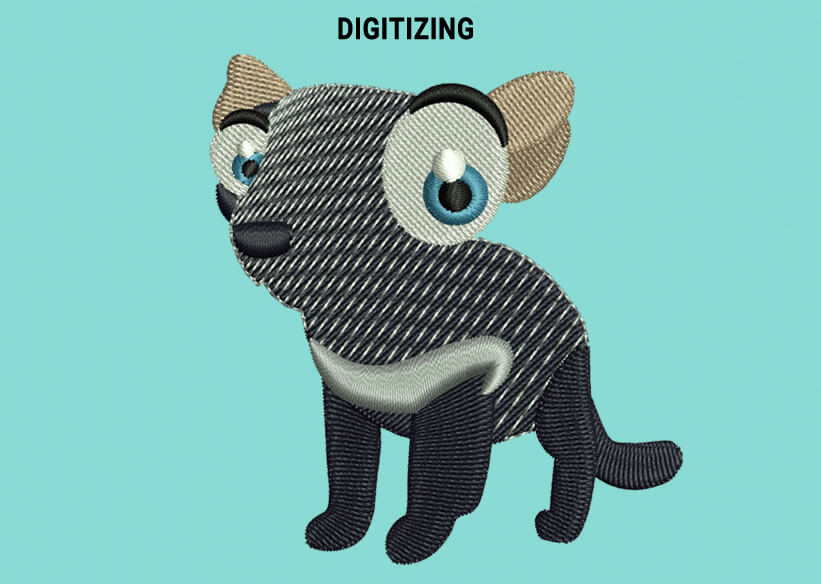Embroidery was a hobby, a pastime activity, in the early days which required a lot of skill. The person engaged in this task requires a good sense of design and how to make each design look beautiful. Now embroidery has become a mechanical process, which, yet, still needs a human touch.

Embroidery is now done by using machines which are fed with a digitized design of the embroidery artwork. This digital design would consist of paths that the machine can follow and create the design. Mostly, embroidery is now used to sew logos and similar text to uniforms, work garments, casual clothing and such. It is also used to accentuate the style of a garment manifold.
Embroidery digitizing is a process that requires great skill, a sense of symmetry and alignment so as to make the embroidery logos symmetrical and in alignment. This task becomes much harder when the embroidery logos contain letters. It is only with extra effort can a digitizing professional help the embroidery machine to stitch readable and visible text. Here are a few things that would help you in it:
- Size of Lettering – Embroidery is now used for branding purposes and its aim is to be properly visible to all the people. Most embroideries will be on the front part which would lead to small lettering. The best way to make the letters visibile is to use 4mm size for capital letters and for a combination of capital and small letters, it should be 5 mm each. By maintaining a width of 0.8-1 mm will make the logo readable from a distance.
- Needle and Thread Thickness – Smaller needles and thinner thread is what suits better custom embroidery services. You need to know what different types of thread means and the thickness it has. A 60-weight thread is thinner than 40-weight and when you use a 60-weight thread, the letters would be 25% smaller than 40-weight.
- Closed Loop Lettering – Letters having closed loop are b, o, p, q and so on. These letters would pose a challenge in embroidery digitizing. The best practice to digitize small letters perfectly is to use low density stitches. This will give letters enough space. It is best to use 0.45 mm radius for the looped space.
- Maintain Stitch and Fabric Density – By maintaining stitch and fabric density, you can create perfect embroidery designs. The stitch density should match the fabric used for sewing the letters on. For lightweight fabric, use low density stitches so that the letters are stitched smoothly.

Follow these digitizing rules to create perfect custom embroidery designs. With practice, you can master this area, but to start with, these rules could help. For expert help, you can avail embroidery digitizing services from an experienced service agency with a team of highly qualified digitizing service professionals.

